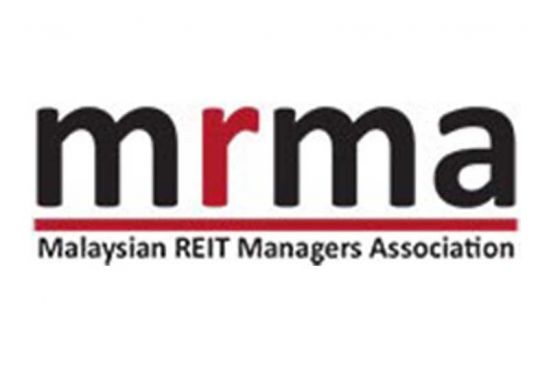The Malaysian REIT Managers Association (MRMA) applauds the measures announced in Budget 2019 which augur to propel growth of Malaysia’s real estate investment trust (REIT) market with positive spillover to the capital market in the country.
The proposed world’s first Airport REIT is a strategic way to unlock the country’s aviation infrastructure value, creating a sustainable structure to fund the airports’ future capital expenditure and expansion as well as igniting capital market interest. The Government hopes to raise RM4 billion from disposal of a 30% stake in the Airport REIT. Imputing a certain leverage level, the property value for the REIT is estimated to be just below RM20 billion that is to be injected into the proposed REIT. This may position the REIT as one of the largest REITs in Malaysia (M-REITs) and simultaneously boost M-REITs combined property value by 35% to above RM70 billion.
Dato’ Jeffrey Ng, Chairman of MRMA commented, “The proposed Airport REIT is indeed a powerful way for the Government to securitise and monetise its infrastructure assets. We are confident that with the right pricing and valuation, the Airport REIT IPO will garner strong interest from both institutional and retail investors as the REIT is supported by high quality government-backed assets.”
He added, “In line with the local bourse’s priority to attract higher foreign participation in the domestic capital market, MRMA suggests to the Government to consider increasing the free-float of the Airport REIT to more than the proposed 30% stake in order to increase liquidity and tradability of the proposed REIT. With sizeable free-float, the IPO will attract greater interest of international funds.”
He further commented, “The M-REITs industry is seeing an exciting time ahead, simply because Malaysia’s iconic and jeweled assets are in M-REITs. This will definitely increase the visibility of M-REITs vis-à-vis its regional peers.”
MRMA believes that the proposed Airport REIT forms part of the larger Malaysia’s agenda of not merely to rationalise the country’s debt burden, but, to stimulate growth through revival of tourism and investment into Malaysia. Malaysia has the right pedigree to rise to the glory days as the prevailing air and land infrastructures that we have today are far more comprehensive and integrated than a decade ago. The Ministry of Transport and Ministry of Tourism and Culture should jointly promote the country’s excellent connectivity as enabler to boost tourism activities and simultaneously develop tourist’s attractions connected by the infrastructures.
MRMA opines that the success factors for the proposed Airport REIT premised on balancing growth potential vis-à-vis protecting any downside risks. In view that the distributable income from the Airport REIT is based on user fees collected from the established airport management concession holder, Malaysia Airports Holdings Berhad (MAHB), the lease structure of the REIT should have a minimal guaranteed income to protect the downside risk while unitholders may also enjoy the upside growth of the user fees derived from aeronautical revenue and non-aeronautical (which include duty-free retail, food and beverages offerings, car park management and advertising) revenue. MRMA believes that the interest and tripartite minimum guarantee income between the Government, the proposed Airport REIT and MAHB will be considered thoroughly by balancing the yield accretiveness of the REIT and income sustainability of MAHB.
Over the long term horizon, MRMA is optimistic that the proposed REIT would perform well given that passenger traffic at the 39 airports in the countries MAHB operates in has been recording healthy growth over the years. This is further supported by the International Air Transports Association (IATA)’s forecast of a 3.5% compounded annual growth rate (CAGR) worldwide over the next two decades. Asia Pacific is expected to grow at a faster pace of 4.8% CAGR during the same period.
MRMA is further encouraged by the statement from the Government that other sub-sectors such as hospital and rail infrastructure may be considered for similar funding and investment structures. This certainly bodes well with the Government’s plan to increase private sector’s involvement in the development of these industries and hence alleviating the Government’s burden to fund capital-intensive projects.







